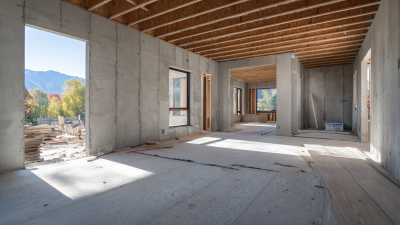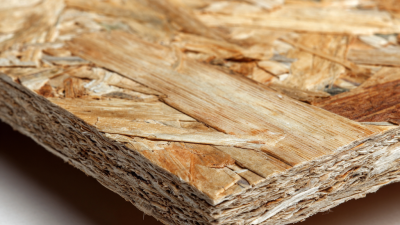Choosing the right OSB tongue and groove is crucial for ensuring the success of your construction or renovation project. According to the latest industry report from the Structural Building Components Association, OSB (Oriented Strand Board) is one of the most popular engineered wood products, with approximately 70% of the market share in structural panels. Its tongue and groove design enhances stability and ease of installation, making it a preferred choice for flooring, wall sheathing, and roofing applications.
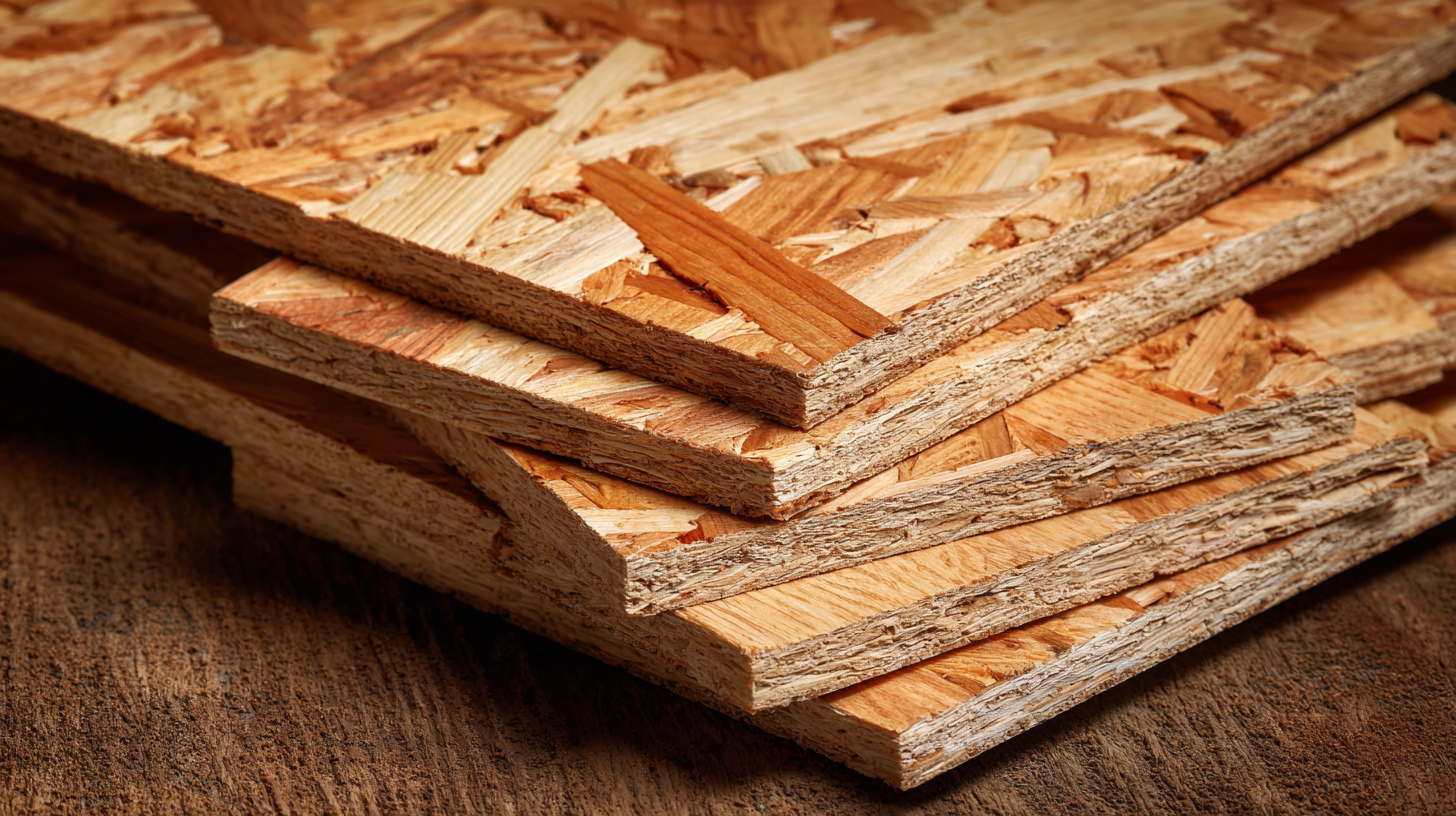
Additionally, the North American Wood Products Association highlights that the demand for OSB is projected to grow by 3% annually over the next five years, driven by increased residential and commercial construction activities.
With numerous options available, understanding the specifications, benefits, and application methods of OSB tongue and groove can help you select the best product for your specific needs, leading to improved durability and performance in your projects.
When embarking on your next project, understanding the basics of OSB (Oriented Strand Board) tongue and groove is essential. This versatile building material is favored for its strength, affordability, and ease of use, particularly in framing large structures such as commercial and multifamily buildings. The interlocking nature of tongue and groove OSB panels allows for a seamless finish, reducing gaps and providing a sturdy foundation for various applications.
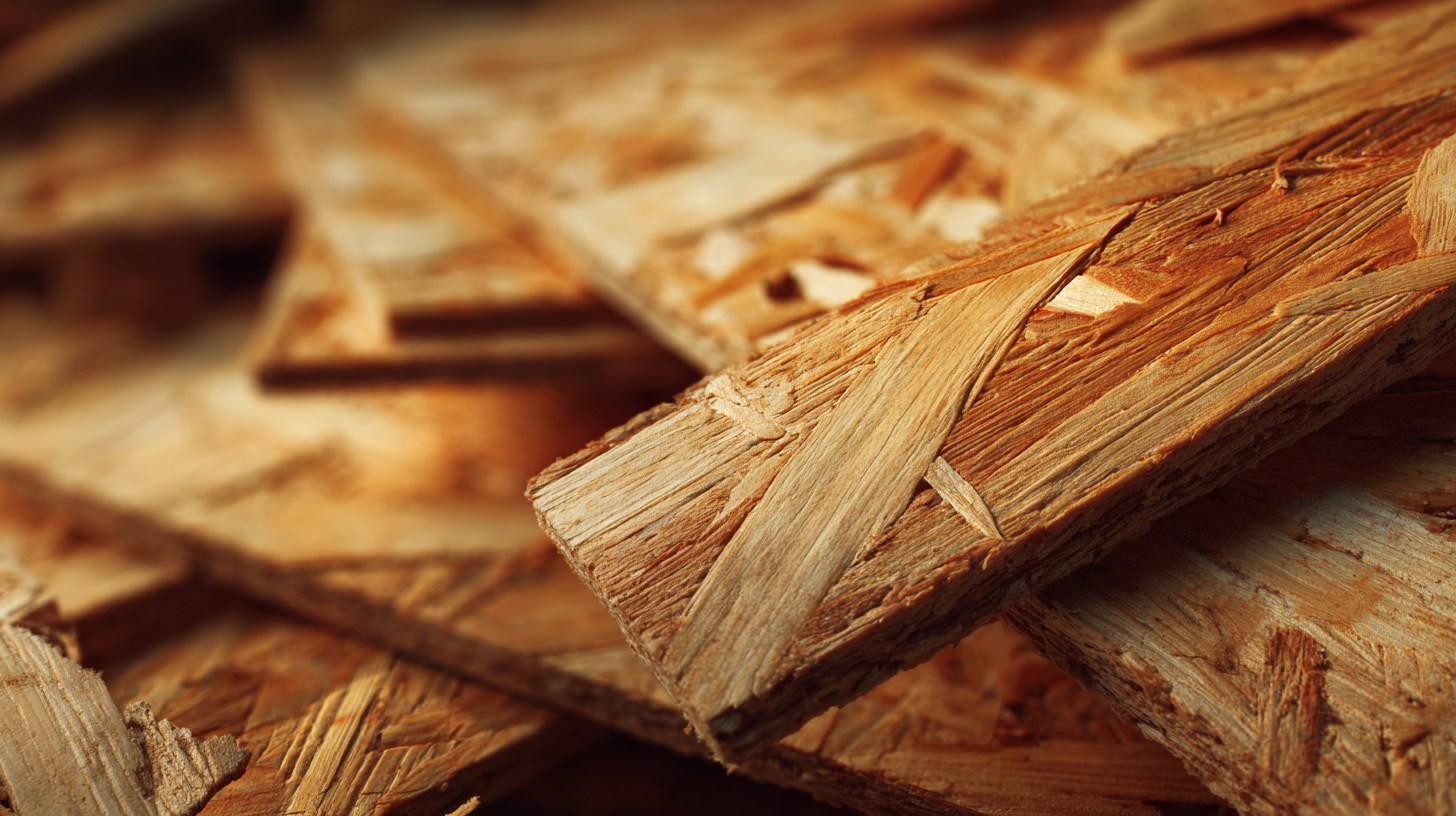
Tips: When selecting OSB tongue and groove panels, consider factors such as thickness, moisture resistance, and load-bearing capacity. Thicker panels can offer better structural integrity, especially in high-demand environments. Additionally, look for products specifically designed for outdoor use if your project requires durability against the elements.
As the framing industry expands to meet growing construction demands, choosing the right OSB tongue and groove can greatly influence the outcome of your project. Make sure to familiarize yourself with any local building regulations that might dictate the specifications needed for your materials. By prioritizing quality and suitability, you can streamline your construction process and achieve better results in your building endeavors.
When selecting OSB tongue and groove panels for your project, several key factors come into play. First and foremost, consider the thickness of the panels. Depending on the structural requirements and intended usage, thicker panels may provide additional strength and durability, while thinner options can suffice for light-duty applications. Always assess the load-bearing expectations and consult guidelines to ensure your choice aligns with project needs.
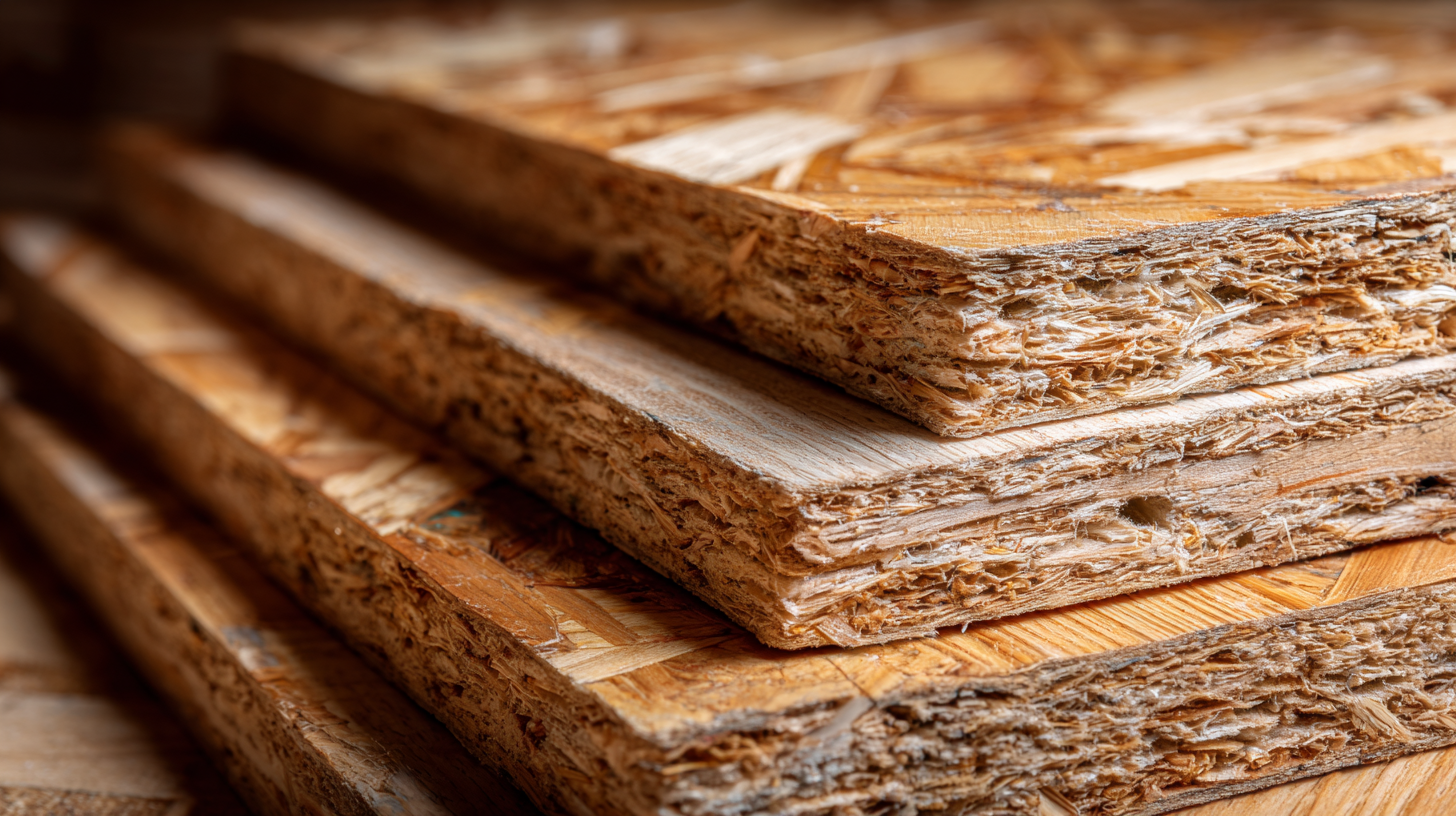
Additionally, pay attention to the grade of OSB you choose. The grade indicates the quality and application suitability of the product. Higher grades are designed for environments that demand better moisture resistance and structural integrity. It's crucial to match the OSB grade with the specific conditions of your project, such as exposure to elements or indoor applications.
Tips: When making your selection, verify whether the OSB panels have been treated for moisture resistance, especially for areas prone to humidity. Also, consider ease of installation; some panels come with features that simplify the tongue and groove fit, enhancing both speed and accuracy in assembly. Finally, always factor in the source of your OSB, as properly certified products can ensure better overall performance and sustainability.
When selecting the right OSB tongue and groove for your project, understanding the different grades and thicknesses available is crucial for ensuring durability. OSB, or oriented strand board, comes in various grades, ranging from basic sheathing to high-performance options designed for specific applications. Higher grades typically indicate superior moisture resistance and structural integrity, making them ideal for demanding environments.
Thickness is another important factor. Common thicknesses range from 7/16 inch to 3/4 inch, with thicker boards providing enhanced strength and durability, particularly for flooring or load-bearing walls. To choose the best option, consider the specific demands of your project, such as exposure to moisture or heavy loads.
Tips: When selecting OSB, always check for the APA (Engineered Wood Association) stamp, which ensures the board meets industry standards. Additionally, consider purchasing slightly thicker boards if your project will encounter high humidity or heavy foot traffic, as this can significantly extend the lifespan of your installation. Always store OSB in a dry area to prevent moisture absorption before use.
When selecting OSB tongue and groove panels for your project, evaluating environmental conditions is crucial for ensuring optimal performance. OSB, or oriented strand board, is sensitive to moisture and temperature variations, which can significantly affect its durability and structural integrity. According to a report by the APA – The Engineered Wood Association, OSB exhibits dimensional stability under varying humidity levels; however, prolonged exposure to moisture can lead to swelling and compromised strength.
Understanding the specific environmental factors of your project site is vital. For instance, areas with high humidity or frequent wetting require OSB products that are treated for moisture resistance. The International Code Council (ICC) suggests using Grade 1 or exposure-rated OSB in such conditions to minimize the risk of deterioration. Additionally, ensuring adequate ventilation can mitigate moisture buildup, thereby extending the life of the OSB panels. By aligning your material choices with the environmental conditions, you can significantly enhance the performance and longevity of your construction project.
| Criteria | Description | Environmental Conditions | Recommended OSB Type |
|---|---|---|---|
| Moisture Resistance | Ability to withstand high humidity and wet conditions. | High Humidity | Water-Resistant OSB |
| Structural Integrity | Capacity to support loads without deformation or breaking. | Load-Bearing Areas | Grade 1 OSB |
| Thermal Performance | Insulation properties to maintain stable interior temperatures. | Cold Climates | Insulated OSB Panels |
| Fire Resistance | Resistance to combustion and spread of fire. | High-Risk Fire Areas | Fire-Retardant OSB |
| Pest Resistance | Resistance to moisture and insects, preventing infestations. | Wooded Areas | Pest-Resistant OSB |
When considering the installation of OSB tongue and groove for your project, it's essential to understand the proper installation techniques and maintenance practices to ensure longevity and performance. According to industry reports, approximately 80% of flooring failures can be traced back to improper installation. Therefore, following manufacturer guidelines regarding moisture content and acclimation is critical. Begin by ensuring that your subfloor is clean, dry, and level; this provides a stable base for the OSB boards. Using the correct spacing and attachment methods will also minimize issues like warping and buckling down the line.
Maintenance is equally vital in preserving the integrity of tongue and groove flooring. Regular cleaning to remove dust and debris can prevent scratches and promote a longer lifespan. For heritage buildings, where damage repair might be necessary, employing the right techniques can ensure that the original character of the floor is maintained while enhancing its durability. Studies suggest that using compatible repair materials and avoiding overly aggressive methods can help retain the value and appearance of these classic floorboards, ultimately contributing to the overall preservation of heritage properties.

